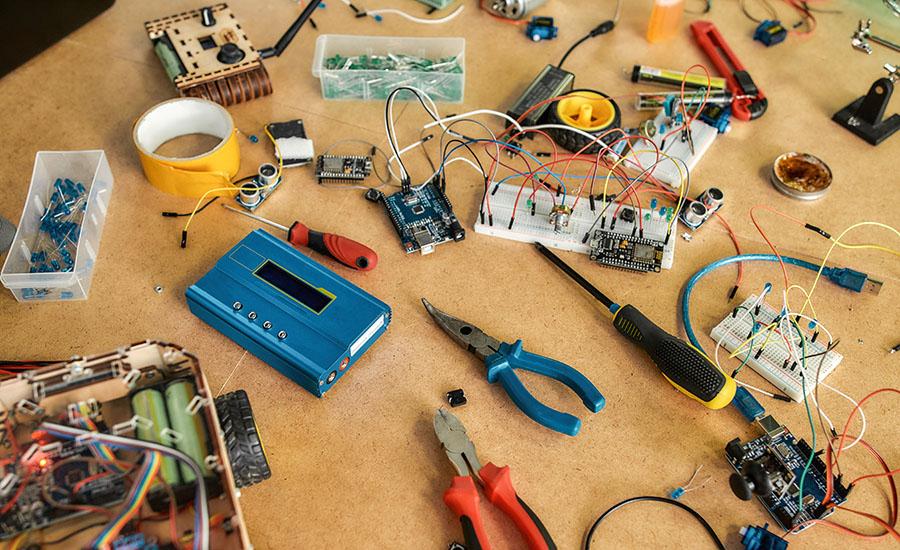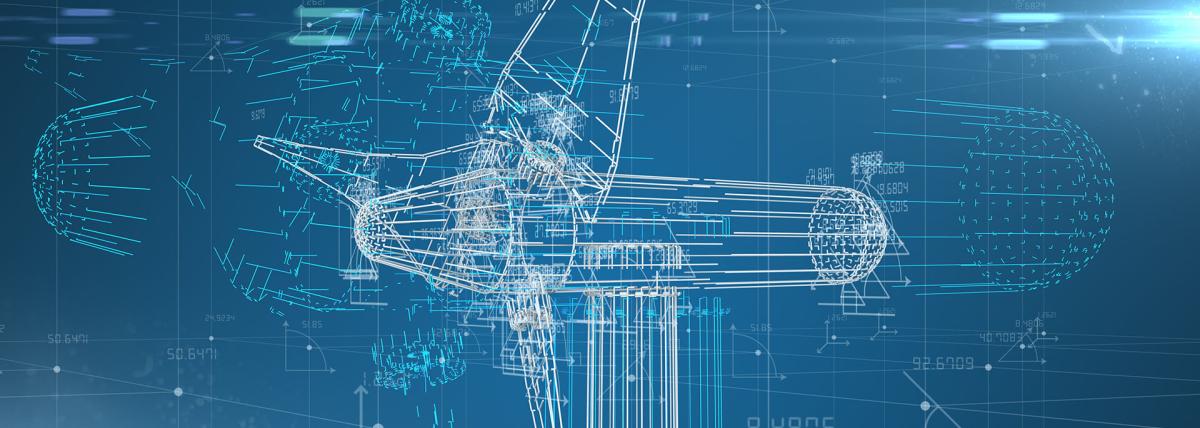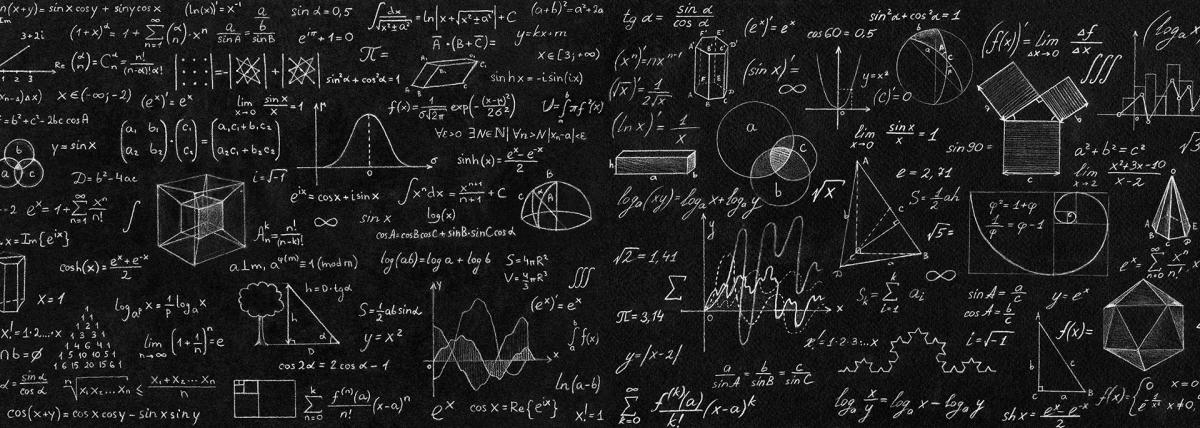
Simply Marvelous Mazes
This STEM activity is designed to explore force, motion, friction, and speed with a student-friendly and engaging activity. Students will plan and create a marble maze using simple materials.
Material needed: The book "The Dot" by Peter H. Reynolds. (or any STEM related book with a growth mindset theme) cardboard pieces, straws, masking tape, scissors or hole punch, blank paper, and a pencil to draw out a plan.
Agenda: Introduce, or review, the Engineering Design Process. (If you don't have it in your classroom, it is easily found online.) Read: "The Dot" (Discuss as you read) Introduce or review vocabulary. Students will work individually or with a partner to create a marble maze with the materials provided. Extension and Enrichment ideas included.
Lesson Plan Link/URL
https://docs.google.com/presentation/d/1V-o0-4SIjrzmXhFWoyDXY2CXUJHaNhXK/edit?u…Subject Area
Science Physical Science P3: Net Force P4: Energy Transfer Engineering S4: Apply Science to Engineering S6: Apply Communications to Engineering S7: Apply Project Management to Engineering Mathematics Measurement and Data (MD) English Language Arts (ELA) Reading (Literature) Speaking & ListeningRelated Content

This lesson is part two of four lessons, which will culminate in the flight of drones built by the students. Lesson 2: Harmony focuses on how stakeholders work together to ensure safety, mobility, and

This lesson is part one of four lessons, which will culminate in the flight of drones built by the students. Lesson 1: SOAR focuses on social-emotional learning (SEL), noticing and wondering, and the

Rad Roller Coasters Part 2 comes at the end of our paper roller coaster project. Students will collect data on their coaster and use that to calculate velocity, potential energy and kinetic energy